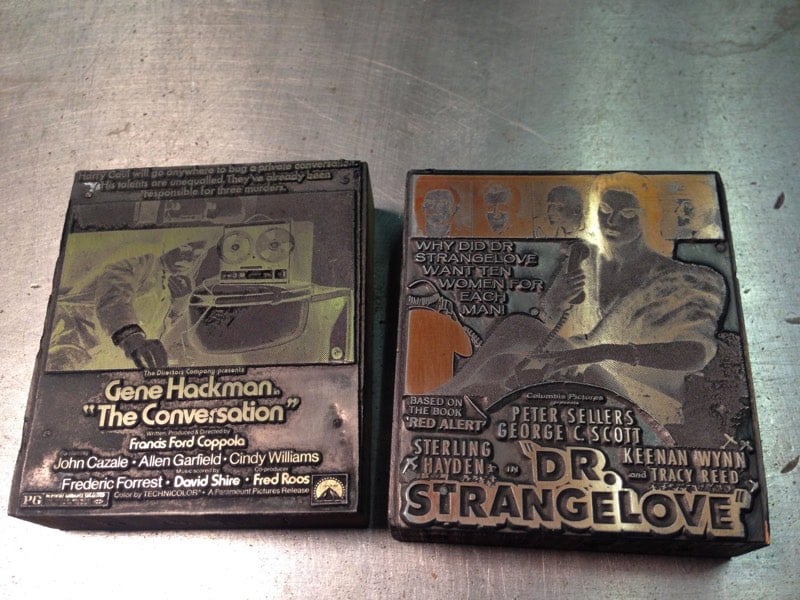Necessary Corrections and Beautiful Pictures: An Excerpt from Noticing, Jan 05, 2018
The first public edition of Noticing, a brand-new kottke.org newsletter, went out this afternoon. Here’s a short excerpt of the last two sections, “Necessary Corrections” and “Beautiful Pictures.” We hope you’ll subscribe.

Necessary Corrections
Economist Peter Temin reminded us that escaping poverty is nearly impossible — it requires an almost twenty year stretch of nothing going wrong. Google Maps, that most spectacular marvel of Google’s mid-2000s heroic phase, now has a lead in mapping that seems almost impossible for competitors to match.
We didn’t know we needed custom LEGO minifigs of Star Trek: The Next Generation characters — but we did. We didn’t know we needed Dunkirk re-edited as a short silent film, or Kylo Ren fighting Luke Skywalker as a 16-bit video game, but we did. We didn’t know that Obi-Wan was maybe kinda pretty racist in the first Star Wars movie, but the signs are clearer than a Tattooine sunset. We didn’t know that rectangular US road grids had to correct for the Earth’s curvature, but in retrospect, that makes a ton of sense.
Beautiful Pictures
Maybe you didn’t know you wanted to know everything about these amazing printing plates and wood blocks made for film advertisements, but I, the dissertation-writer with a special interest in the relationship between material texts and early cinema in the 20th century, absolutely knew I wanted to eat this mugs up. The movies are visual, the movies are aural, the movies are an experience, but they are 100 percent an experience mediated by text and reading. And these paratexts? (that is, the texts outside the texts?) Woooooo do they shape how we experience both the moment of film and its history. I tell you, I wish I had millions of dollars just once. I would start my own damn museum. (And then I would run out of money.)

Likewise, maybe you didn’t know you needed these surreptitious street photos from fin-de-siecle Oslo, but a flaneur recognizes a flaneur, you know what I’m saying?

I think what I love about the end of the nineteenth and the beginning of the twentieth century is the enormous weight placed on noticing those ephemeral details in the swirling impressions of the suddenly overwhelming city streets, and taking those luminous particulars and transforming them into art.





Stay Connected